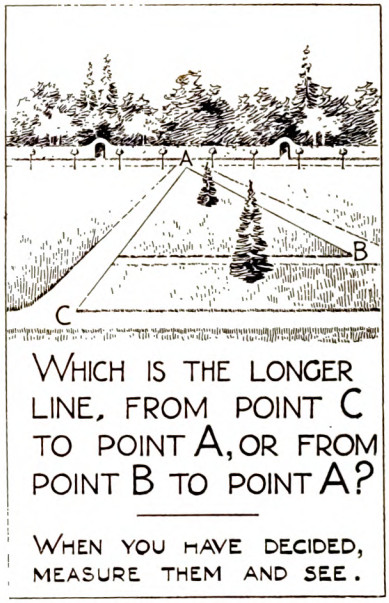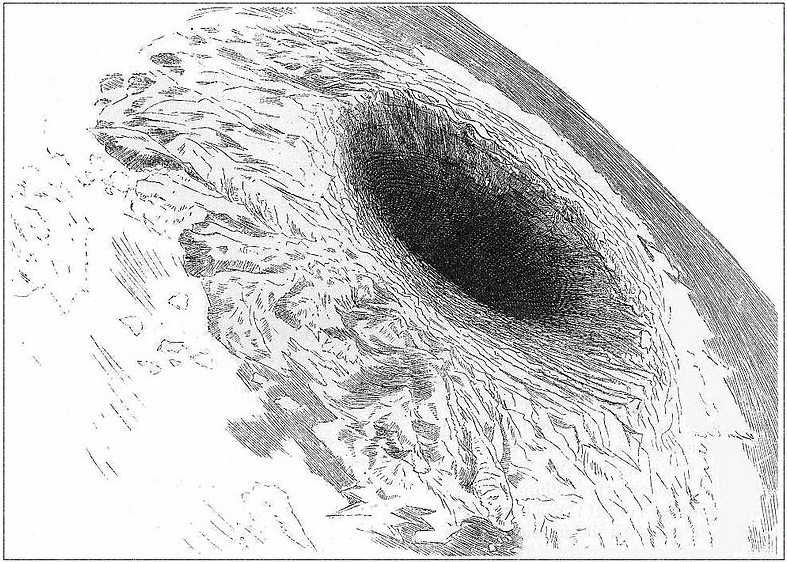From the minutes of the city council of Deer Park, Texas, Aug. 31, 1965:
After some discussion, it was moved by Councilman Black and seconded by Councilman Young that we publish our intentions of annexation of the Planet Venus as required by law. The motion passed 7 to 0.
In July, when the Oklahoma Science and Arts Foundation had sought funds to pay for a scale model of the moon, the Oklahoma City council had annexed all 9 billion acres of Earth’s satellite and Mayor George Shirk had turned them over to the foundation.
Inspired, Lee Bishop, president of the Deer Park Chamber of Commerce, had convinced his local council to annex Venus so that they could sell lots as a fundraiser. The scheme helped the city produce a promotional film; Bishop said, “People have heard of Deer Park who probably never would have. The publicity, even though it was in jest, helped.”
When the U.S.S.R. sent a probe to Venus in 1967 without asking Deer Park’s permission, Bishop considered lodging a protest with the Soviet embassy. He decided against it to preserve international relations.
(From Virgiliu Pop, Who Owns the Moon?: Extraterrestrial Aspects of Land and Mineral Resources Ownership, 2008.)











